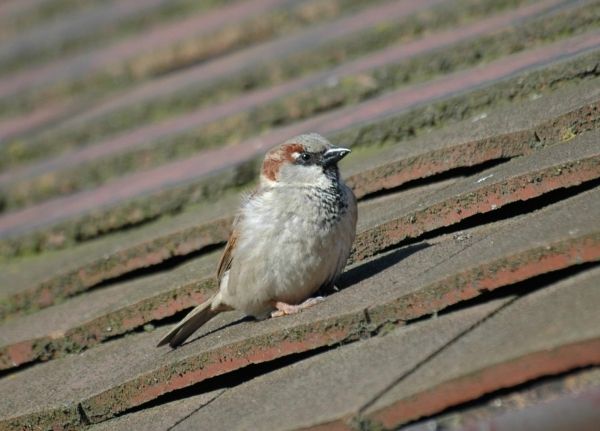London’s house sparrows (Passer domesticus) have plummeted by 71% since 1995, with new research suggesting avian malaria could be to blame.
Once ubiquitous across the capital city, the sudden, and unexplained decline of the iconic birds led a team from ZSL, the RSPB, the British Trust for Ornithology (BTO) and the University of Liverpool to investigate if parasite infections were involved.
Researchers collected data between November 2006 and September 2009 at 11 sites across London. Each site was centred around a single breeding colony and spaced at least four kilometres apart to ensure that birds from different groups didn’t mix. The team estimated changes in bird numbers by counting the mature males and took tiny blood and faecal samples from sparrows, carefully caught and soon released, to monitor infection rates and severity.
Of the 11 colonies studied, seven were declining. On average 74% of sparrows carried avian malaria – a strain that only affects birds - but this differed between groups with some as high as 100%. However, it was infection intensity (i.e. the number of parasites per bird) that varied significantly and was higher on average in the declining colonies.
Read more at Zoological Society of London
Image: House sparrow (Credit: ZSL, BTO)


